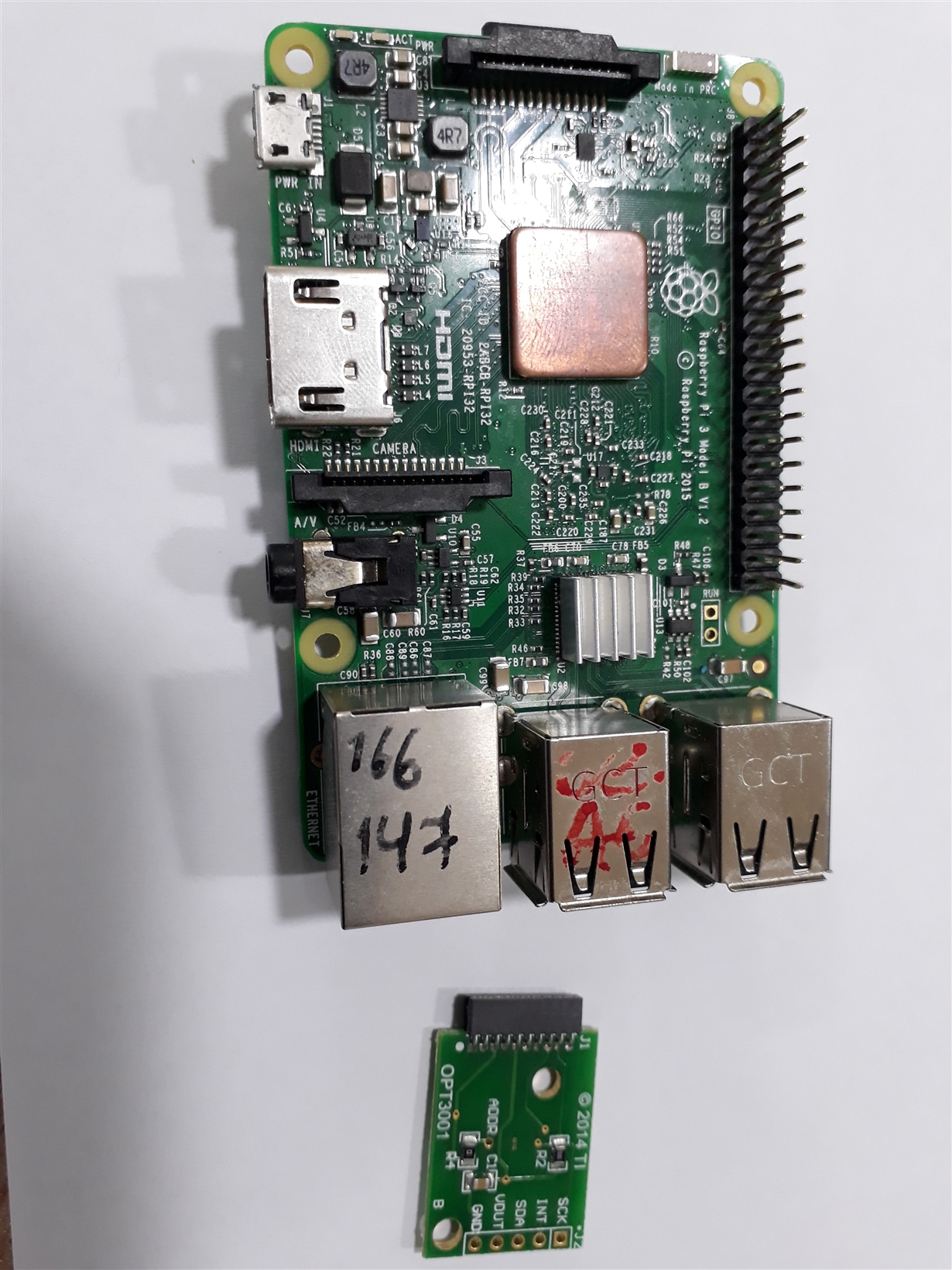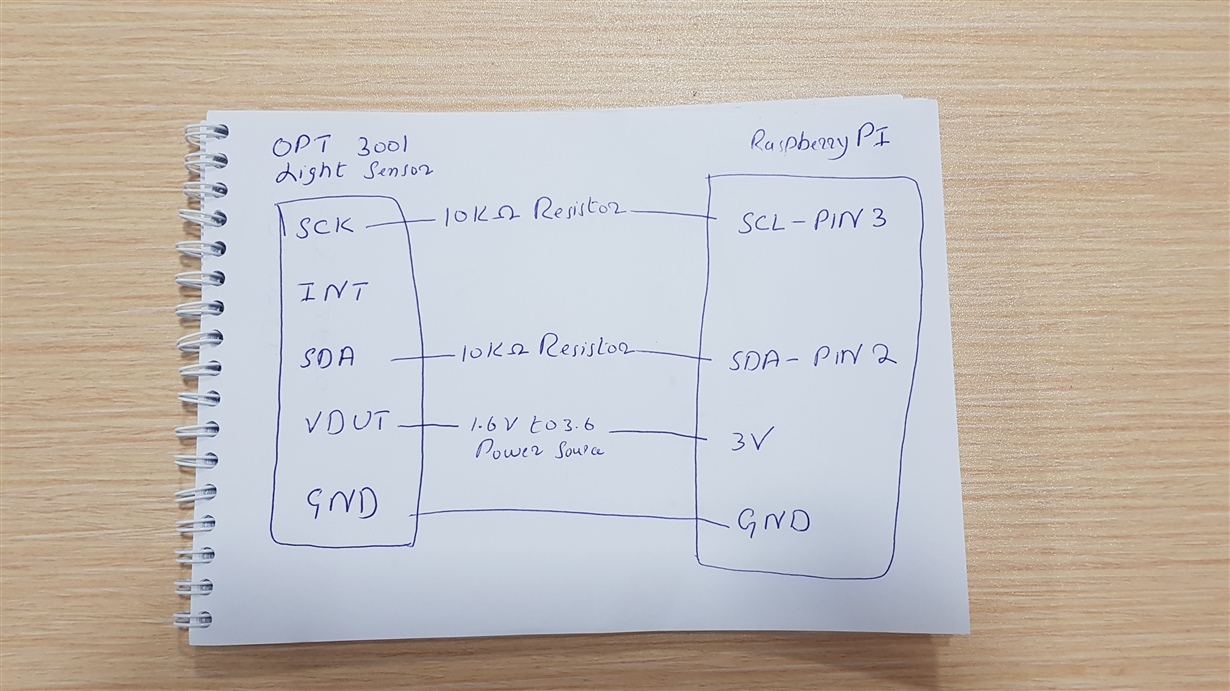Other Parts Discussed in Thread: OPT3001, , IPG-UI
Tool/software: Linux
Recently, we have purchased OPT3001 to measure light intensity.
Please respond on below queries
1) After installing IPGUI, it is showing Hardware Not Connected. Please advise how to fix it.
2) Kindly provide sample in Golang to get light intensity values from OPT3001
Please note that we are using Virtual Machine Ubuntu 16.04.




